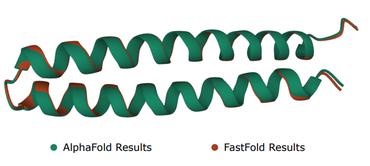SGNet: Folding Symmetrical Protein Complex with Deep Learning
Deep learning has made significant progress in protein structure prediction, advancing the development of computational biology. However, despite the high accuracy achieved in predicting single-chain structures, a significant number of large homo-oligomeric assemblies exhibit internal symmetry, posing a major challenge in structure determination. The performances of existing deep learning methods are limited since the symmetrical protein assembly usually has a long sequence, making structural computation infeasible. In addition, multiple identical subunits in symmetrical protein complex cause the issue of supervision ambiguity in label assignment, requiring a consistent structure modeling for the training. To tackle these problems, we propose a protein folding framework called SGNet to model protein-protein interactions in symmetrical assemblies. SGNet conducts feature extraction on a single subunit and generates the whole assembly using our proposed symmetry module, which largely mitigates computational problems caused by sequence length. Thanks to the elaborate design of modeling symmetry consistently, we can model all global symmetry types in quaternary protein structure prediction. Extensive experimental results on a benchmark of symmetrical protein complexes further demonstrate the effectiveness of our method.
PDF Abstract

